"Chronology." University of Mary Washington > Papers of James Monroe > Biography. University of Mary Washington. Web. academics.umw.edu
- Available at: http://academics.umw.edu/jamesmonroepapers/biography/chronology/
Duyckinck, Evert A. Lives and Portraits of the Presidents of the United States, from Washington to Johnson. Portraits by Alonzo Chappel. New York: Johnson, Fry & Company, 1865.
- Available via Internet Archive at: https://archive.org/details/livesportpresidents00duycrich
Duyckinck, Evert A. National Portrait Gallery of Eminent Americans: Including Orators, Statesmen, Naval and Military Heroes, Jurists, Authors, etc., etc., from Original Full Length Paintings by Alonzo Chappel. With Biographical and Historical Narratives. In two volumes - Vol. I. New York: Johnson, Fry & Company, 1861.
- Available via Internet Archive at: https://archive.org/details/01210470RX1.nlm.nih.gov
Duyckinck, Evert A. National Portrait Gallery of Eminent Americans: Including Orators, Statesmen, Naval and Military Heroes, Jurists, Authors, etc., etc., from Original Full Length Paintings by Alonzo Chappel. With Biographical and Historical Narratives. In two volumes - Vol. II. New York: Johnson, Fry & Company, 1861.
- Available via Internet Archive at: https://archive.org/details/01210470RX2.nlm.nih.gov
Fitzpatrick, John C., ed. The Autobiography of Martin Van Buren. In two volumes: Vol. II. Annual Report of the American Historical Association for the Year 1918. Washington DC: U.S. Government Printing Office, 1920.
- Available via Internet Archive at: https://archive.org/details/cu31924024892709
Frassanito, William A. Grant and Lee: the Virginia campaigns, 1864-1865. New York: Charles Scribner's Sons, 1983.
Good, Cassandra. “James Monroe and the American Revolution.” Museum of the American Revolution > These Truths Blog. Museum of the American Revolution. Blog. amrevmuseum.org
- Available at: http://amrevmuseum.org/blog/james-monroe-and-american-revolution
Grant, Ulysses S. Personal Memoirs of U.S. Grant. New York: Charles L. Webster & Company, 1885–86.
- Available via Bartleby.comTM at: http://www.bartleby.com/1011/
- Available via Project Gutenberg at: http://www.gutenberg.org/files/4367/4367-h/4367-h.htm
Hindley, Meredith. "The Odyssey of Ulysses S. Grant." Humanities, Vol. 35, No. 3 (May/June 2014).
- Available at: http://www.neh.gov/humanities/2014/mayjune/feature/the-odyssey-ulysses-s-grant
"Julia Dent Grant." Ulysses S. Grant National Historic Site > History and Culture. National Park Service. Web. www.nps.gov
- Available at: http://www.nps.gov/ulsg/historyculture/jdgrant.htm
Morgan, Keya. "Ulysses S. Grant Chronology." Ulysses S. Grant Homepage from the Keya Morgan Collection. The Ulysses S. Grant Homepage™. Web. www.granthomepage.com
- Available at: http://www.granthomepage.com/grantchronology.htm
Peckham, Harriett C. Waite Van Buren. History of Cornelis Maessen Van Buren Who Came from New Holland to the New Netherlands in 1631, and his Descendants, Including the Genealogy of the Family of Bloomingdale Who Are Descended from Maas, a Son of Cornelis Maessen. New York: Tobias A. Wright, 1913.
- Available via Internet Archive at: https://archive.org/details/historycornelis00peckgoog
"Photographer Lists." LangdonRoad.com > Langdon's List of 19th & Early 20th Century Photographers. Langdon & Langdon. Web. www.langdonroad.com
- Available at: http://www.langdonroad.com/
"Places to Go: The Tailor Shop, The Museum, The Early Home, The Homestead, The Cemetery." Andrew Johnson National Historic Site > Plan Your Visit. National Park Service U.S. Department of the Interior. Web. www.nps.gov
- Available at: http://www.nps.gov/anjo/planyourvisit/placestogo.htm
Simon, John Y., ed. The Personal Memoirs of Julia Dent Grant (Mrs. Ulysses S. Grant). Carbondale: Southern Illinois University Press, 1975.
Stryker, William S. The Battles of Trenton and Princeton. Boston and New York: Houghton, Mifflin and Company; Cambridge: The Riverside Press, 1898.
- Available via Internet Archive at: https://archive.org/details/battlesoftrenton00stry


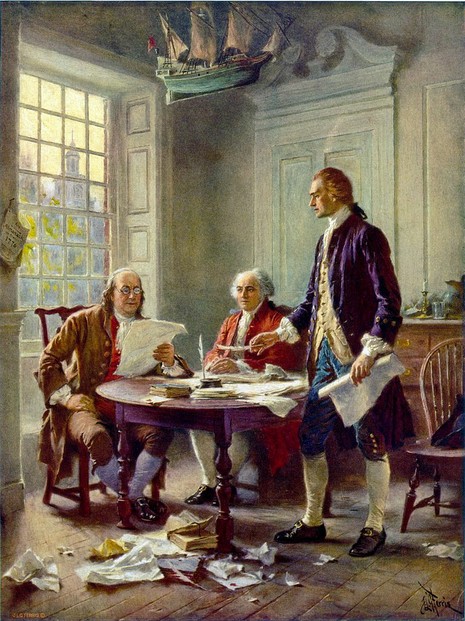
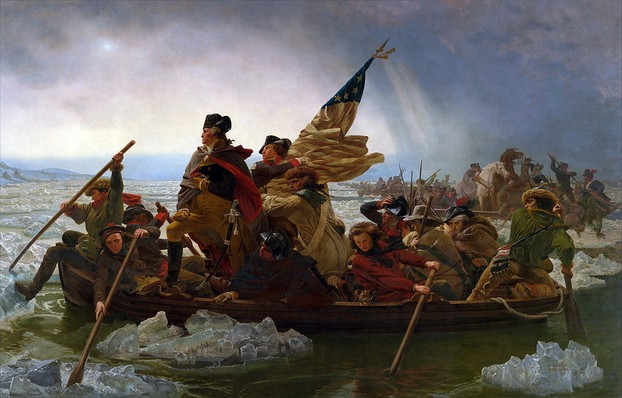
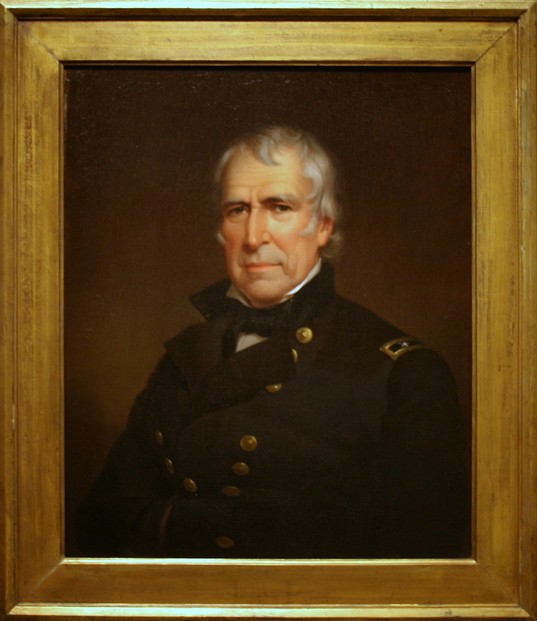
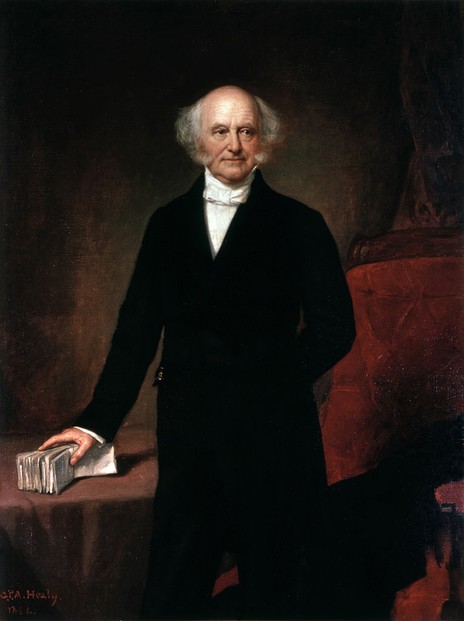
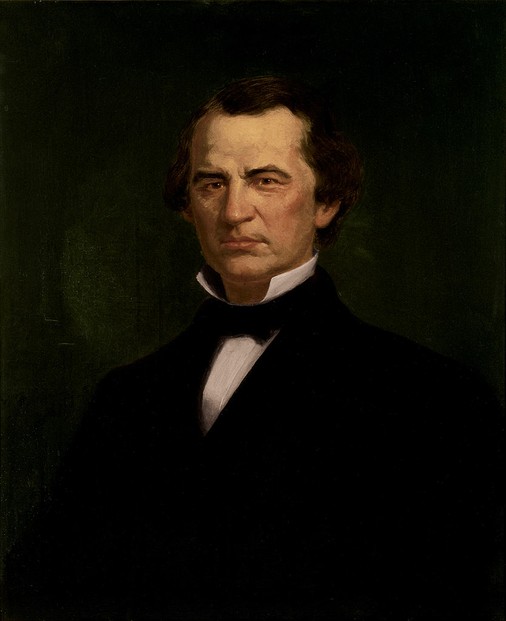
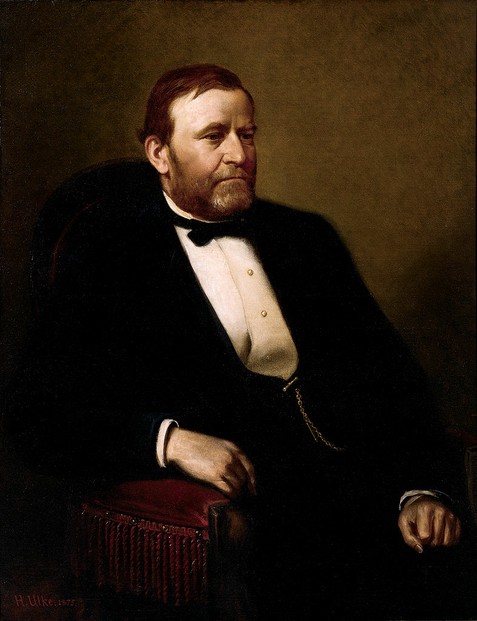
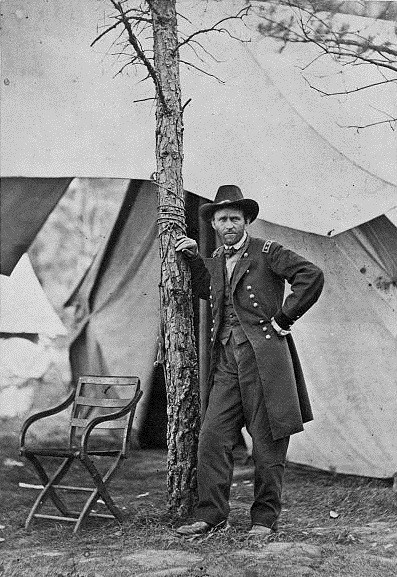
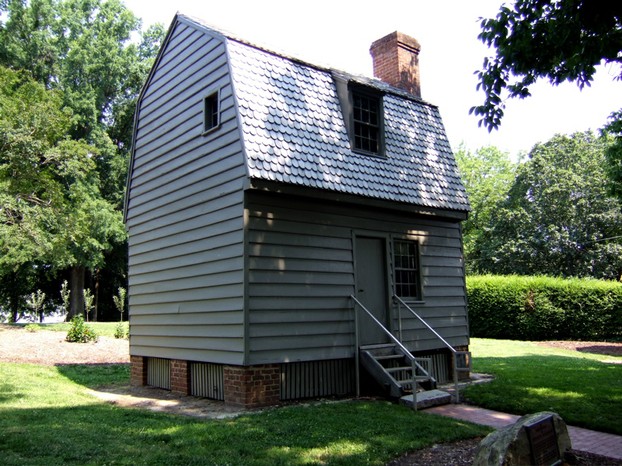
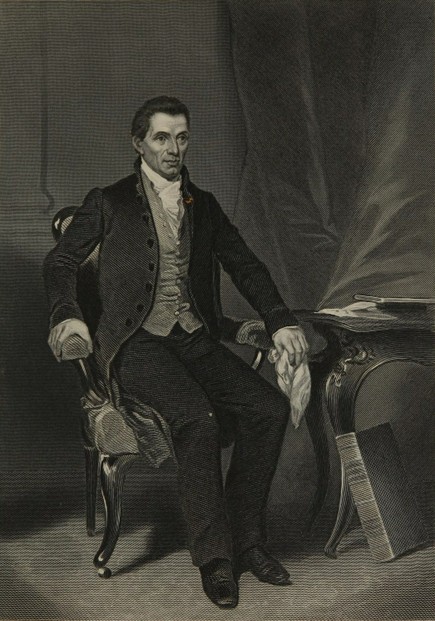
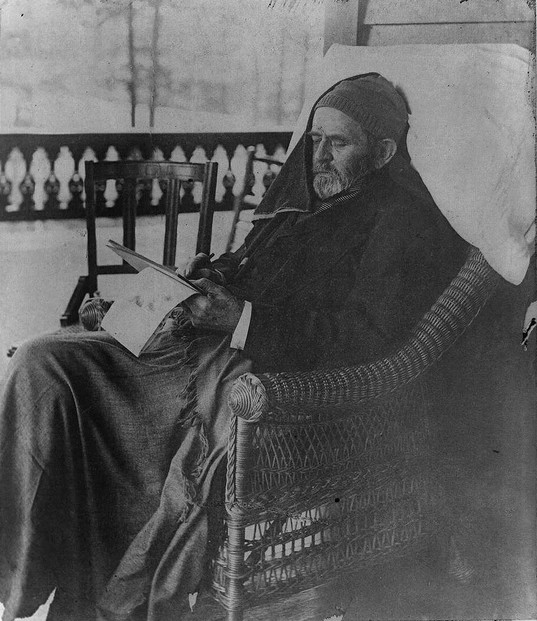








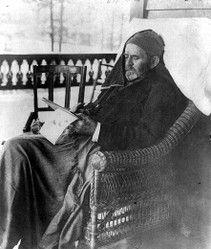

 Are Hawaiian Huakai Po Nightmarchers Avenging Halloween Thursday?on 10/02/2024
Are Hawaiian Huakai Po Nightmarchers Avenging Halloween Thursday?on 10/02/2024
 Mailing Addresses for 2023 Form 4868 Extending 1040 and 1040SR April 15, 2024, Due Dateon 04/15/2024
Mailing Addresses for 2023 Form 4868 Extending 1040 and 1040SR April 15, 2024, Due Dateon 04/15/2024
 Mailing Addresses for 2023 Forms 1040 and 1040SR Filed in 2024on 04/15/2024
Mailing Addresses for 2023 Forms 1040 and 1040SR Filed in 2024on 04/15/2024
 Mailing Addresses for 2022 Form 4868 Extending 1040 and 1040SR April 18, 2023, Due Dateon 04/13/2023
Mailing Addresses for 2022 Form 4868 Extending 1040 and 1040SR April 18, 2023, Due Dateon 04/13/2023

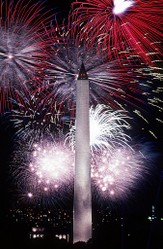
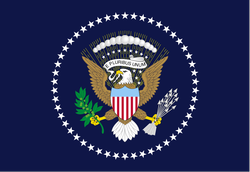
Comments
VioletteRose, You share your birth month with some great people, some mentioned here and others as well. Best wishes for a happy birthday.
Never knew about these that happened in July, especially the deaths of three Presidents on July 4th itself. July is my birth month!